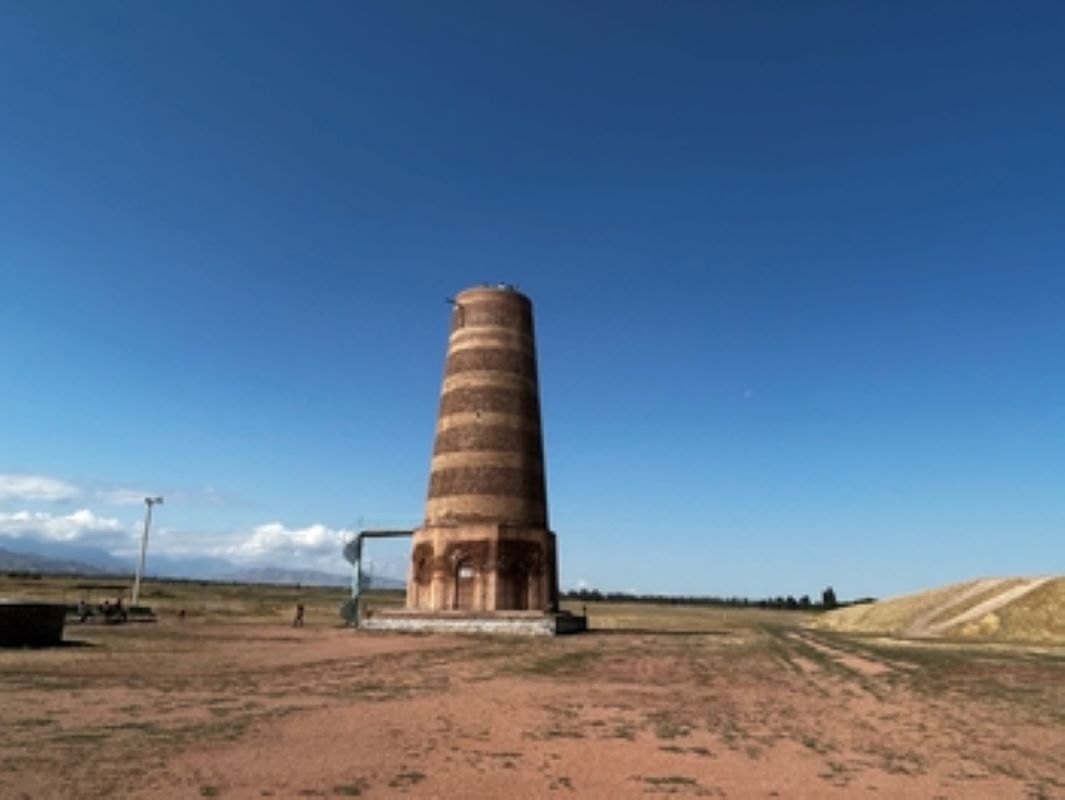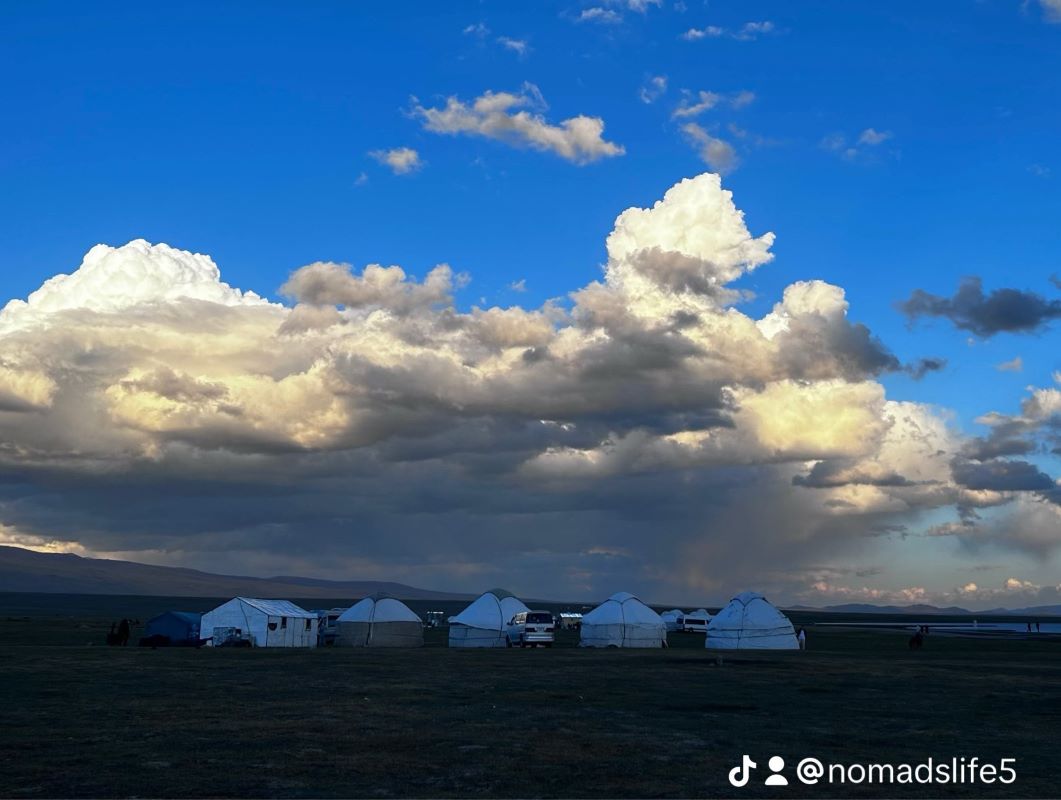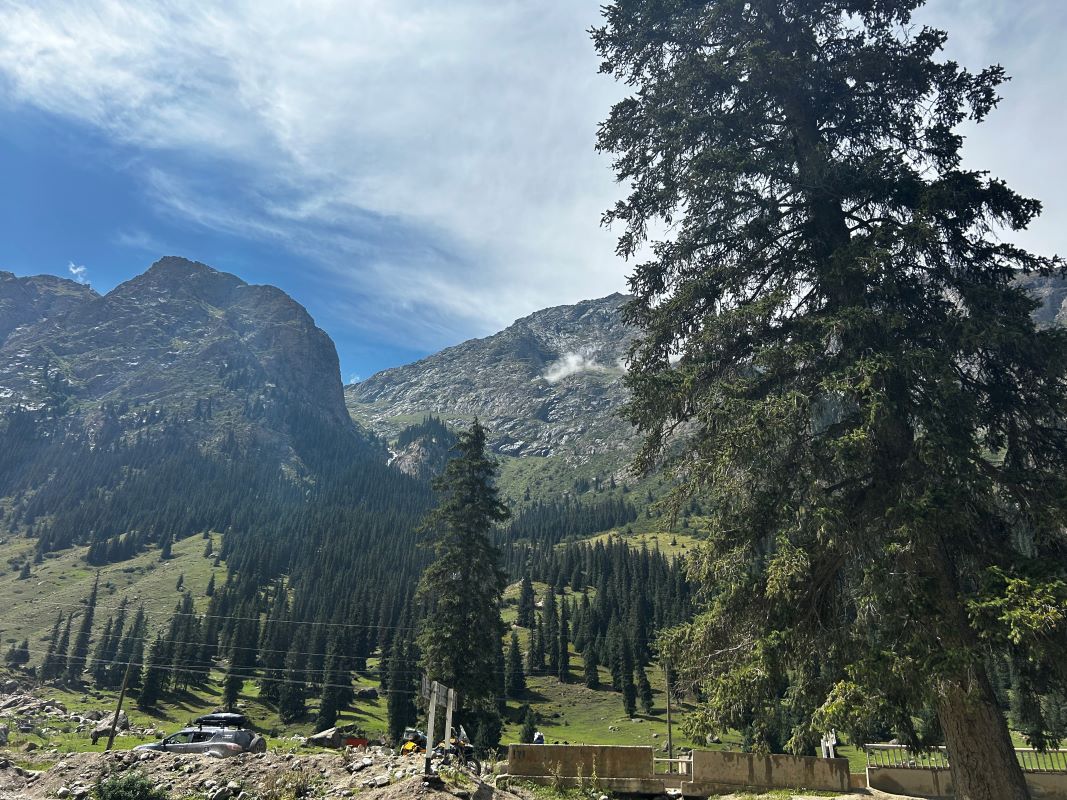Chuy Region: A Brief Overview
The Chuy Region, located in northern Kyrgyzstan, is a geographically diverse and economically significant area. Nestled between the Tien Shan mountains and the Kazakh border, Chuy is known for its fertile valleys and agricultural productivity. The region’s climate is characterized by warm summers and cold winters, which supports a variety of crops and livestock farming. The capital city, Bishkek, is a key economic and cultural hub of the region. Chuy also features a mix of Kyrgyz and Russian cultural influences, reflected in its traditions, architecture, and daily life. With its strategic location and rich resources, Chuy plays a crucial role in Kyrgyzstan’s economic and cultural landscape.
1.Recreation Area Arhar: Kyrgyzstan’s Premier Outdoor Retreat
2. Ak-Beshim: The Ancient Silk Road City of Kyrgyzstan
The ancient city of Ak-Beshim, located near the modern-day village of Ak-Beshim in Tokmok in the Chui Valley of Kyrgyzstan, represents one of the most significant archaeological sites in Central Asia. Ak-Beshim, which translates to “White Hill” in Kyrgyz, was an important urban center of the ancient Silk Road, flourishing from approximately the 3rd to the 11th century AD. Its strategic position along the trade routes connecting the East and West contributed to its prominence as a major commercial and cultural hub during its peak.
The Ak-Beshim settlement is the remains of an ancient city, eight kilometers south of the city of Tokmok, located in the Chui region, on the outskirts of the village of Ak-Beshim. The settlement was discovered in 1894 during archaeological excavations by V.V. Bartold, who suggested that he had found the capital of the Karakhanid state – the city of Balasagun, built in the 10th-12th centuries.
3. Yntymak Ordo: Kyrgyzstan’s New White House
The Yntymak Ordo, often referred to as the New White House, is a prominent governmental building located in Bishkek, the capital of Kyrgyzstan. This grand structure was officially opened on August 31, 2024. Situated at 19 Erkindik Boulevard, Bishkek, the Yntymak Ordo serves as the primary seat of government in Kyrgyzstan, representing a significant milestone in the country’s architectural and political evolution.
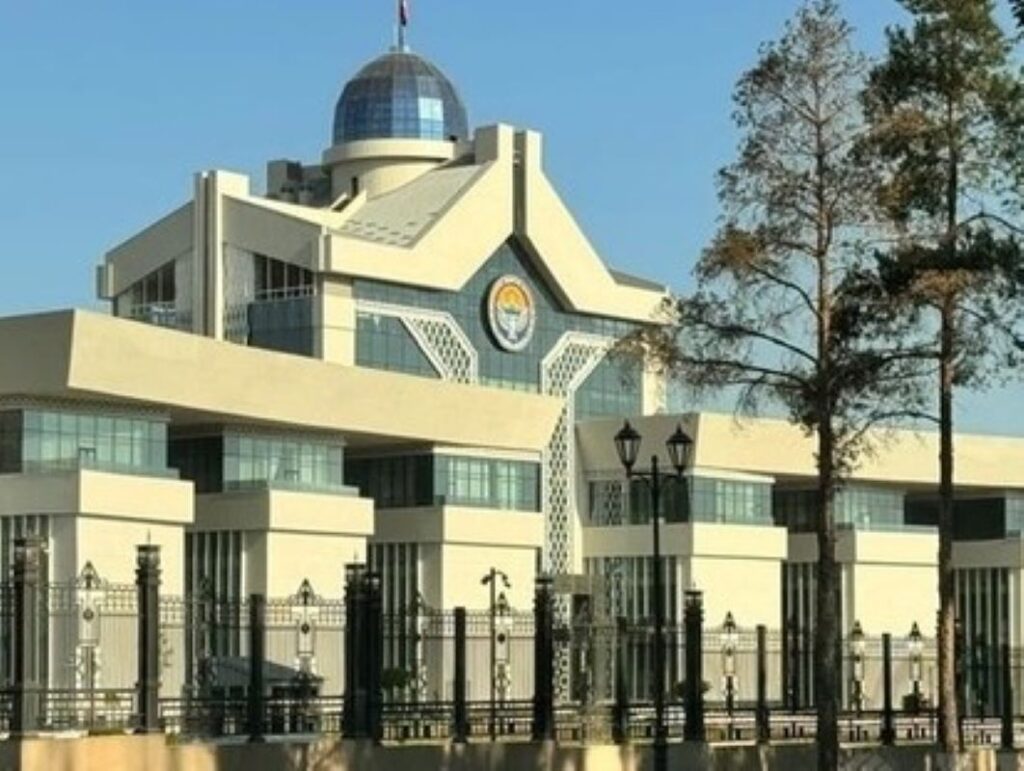
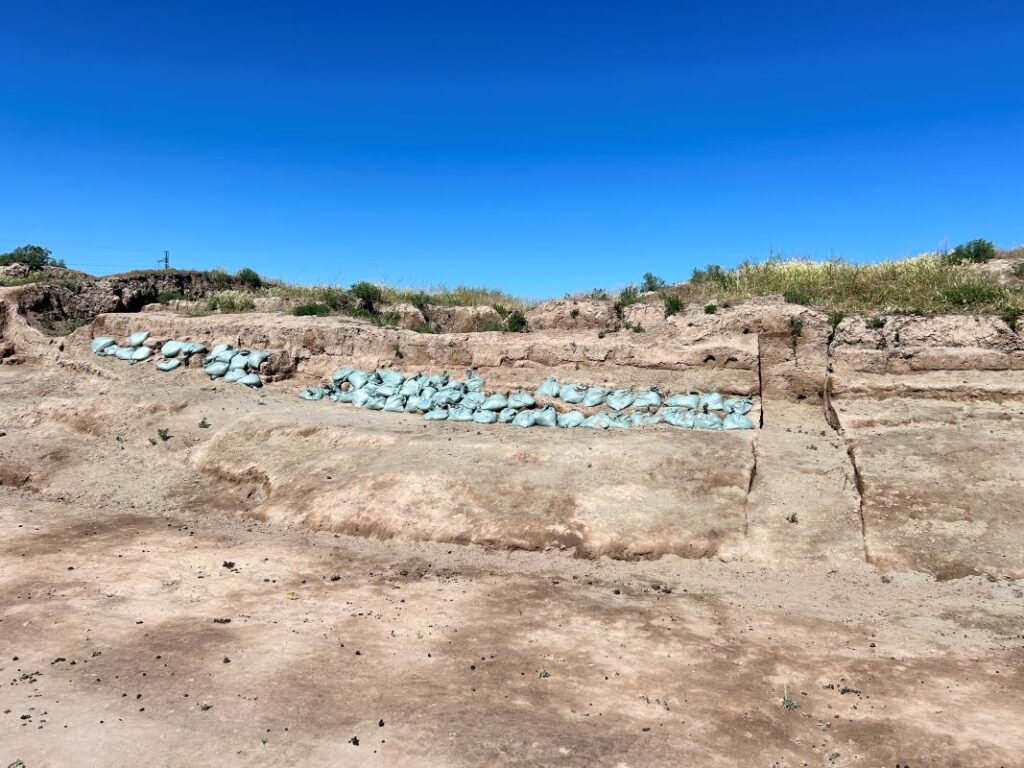
4.The Central Mosque in Bishkek
The Central Mosque in Bishkek, Kyrgyzstan, also known as the Bishkek Central Mosque, is an outstanding Islamic architectural landmark of the capital. The Central Mosque (kirg. Borborduk mechit) is the largest mosque in Kyrgyzstan, made in the style of Ottoman architecture, and is one of the main attractions of Bishkek. It is located in the area of the former Issyk–Kul cinema, east of the historical center of the city along Zhibek Zholu Avenue
5.Burana Tower
Burana Tower is a minaret of the Karakhanid dynasty in the Chui Valley in northern Kyrgyzstan. It is located 80 km from the capital Bishkek, 12 km southwest of the city of Tokmak towards the Keget Gorge in the Kyrgyz Mountains, on the left bank of the Chui River. The tower is part of the specially protected archaeological and architectural complex “Burana Tower”, which is part of the Kyrgyz Archaeological and Architectural Museum and is protected by the state as an object of cultural and historical heritage. It is one of the oldest burnt brick minarets in Central Asia.
6. The Ala-Archa National Park
The Ala-Archa Gorge is one of the most famous sights of Kyrgyzstan. The Ala-Archa Gorge is located in the Chui region and is a national park. Every year, hundreds of thousands of domestic and foreign tourists visit this high-altitude gorge. There are several reasons for such popularity. Firstly, the Ala-Archa gorge is located just 30 km from Bishkek, which makes it easily accessible and provides the infrastructure necessary for tourism: paved roads, shops, hotels, cafes and places to relax in the picturesque nature.
Secondly, the Ala-Archa gorge has geographical features. It is located in the middle and highest part of the Kyrgyz Mountains – the second longest ridge of the Tien Shan.
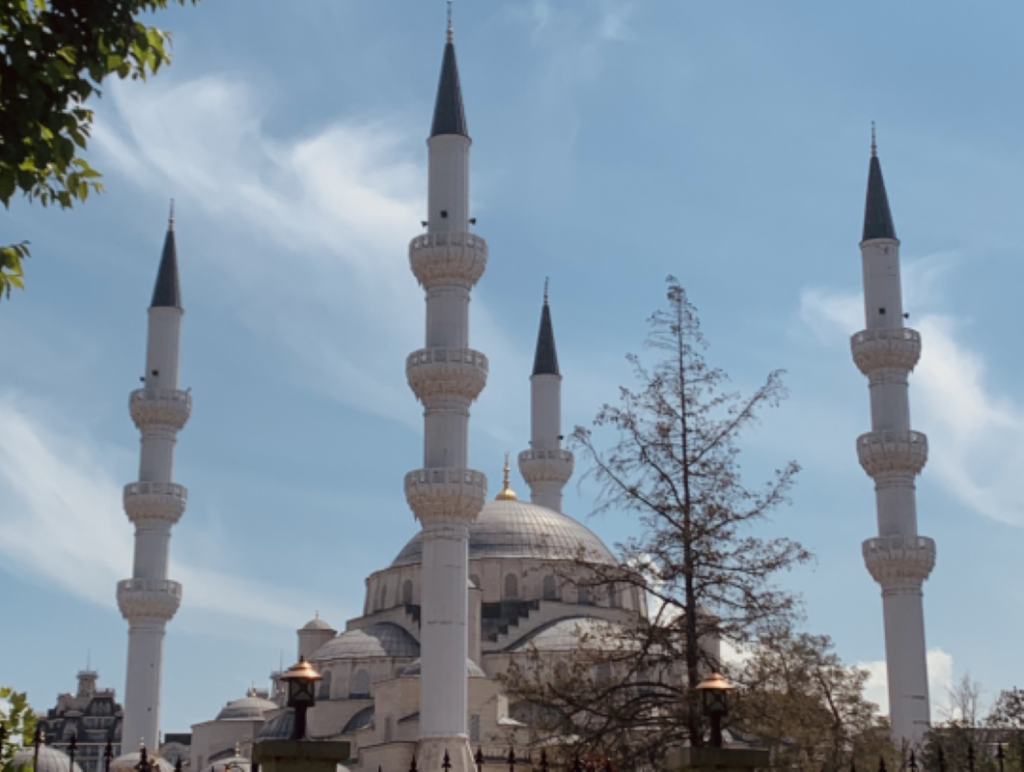
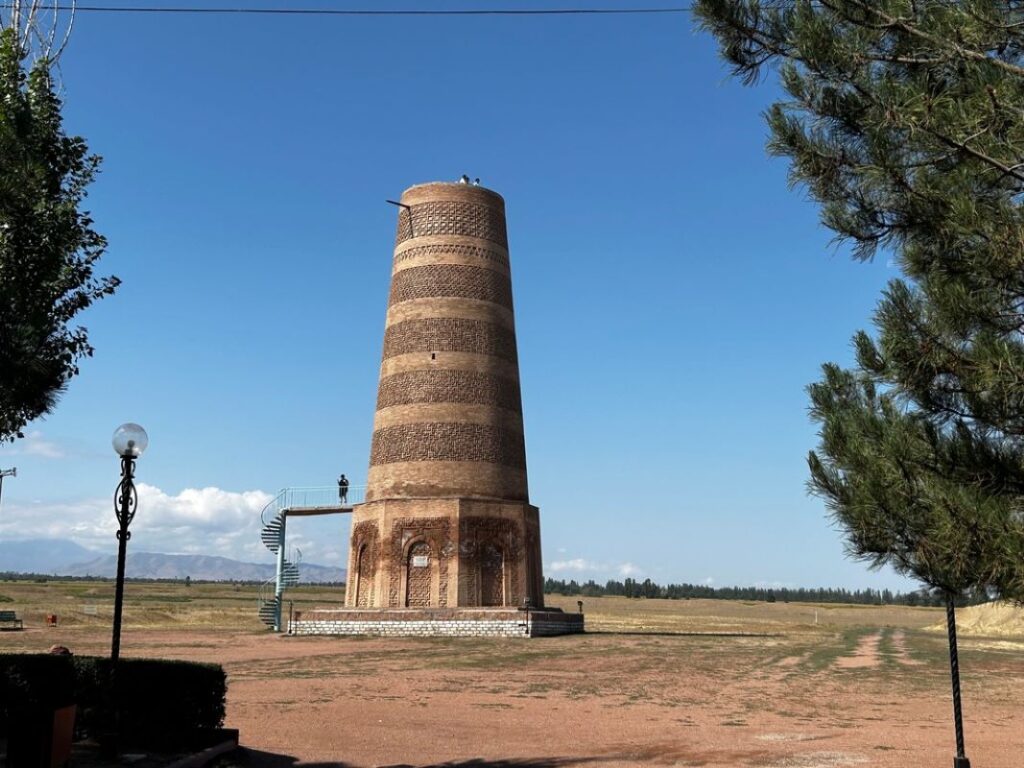
7.Bishkek city
Bishkek is the capital of Kyrgyzstan, located at the foot of the Tien Shan mountains in Central Asia.
Where to visit in Bishkek:
State Museum of Fine Arts
The museum is worth visiting for its collection of Kyrgyz embroidery and felt carpets, a wide variety of painting sand national and international touring exhibitions. Last admission at 17.30.
Ala-Too Square
The center of Bishkek, overlooked by the triumphal statue of Manas the Mighty, is architecturally neo-brutalist but photogenic. In summer, the concrete of the northern half of the square is softened by attractive flower displays and a fountain that doubles as a pool for local children.
Osh Bazaar
Bishkek’s most central bazaar has a certain obsessive interest and is an important landmark of the city. Traditional Kyrgyz clothing, such as white imitation felt ak kalpak hats and colorful shepherd’s chests, are available from stalls outside the Kiyal building at the southern end of the bazaar. It is deserted on Mondays but busy on other days. In osh bazaar people sell all kind of people needs like food, clothing, mobile phones, souvenir shops and etc
8. Chon-Kemin Valley
Chon-Kemin Gorge and Canyon is one of the most beautiful places on the territory of Kyrgyzstan, a unique natural complex that includes a gorge, a canyon and the Chon-Kemin River flowing through it. The Chon-Kemin River originates at the junction of the Kungei Ala-Too and Or Ala-Too ridges and flows into the Chui River at the beginning of the arrow-shaped gorge in the Chui Valley. The length of the Chon-Kemin River is 116 km. There are seven lakes in its basin. The Chon-Kemin River flows through a specially protected area – the state Natural National Park Chon-Kemin
9.Suusamir Valley
The Suusamyr Valley is a mountain depression located at an altitude of 2,200 m above sea level. The height of some mountains reaches 4,500 m . In the past, caravans along the Great Silk Road passed here. The distance from Bishkek to the Suusamyr Valley is 160 km. In fact, the green plains stretch for 155 km, reaching 40 km wide in some places. More than 300 species of plants, including medicinal plants, grow in the valley. Trees, on the contrary, are rare. Some plants are listed in the Red Book. The red book snow leopard lives in Suusamyr.Two mountain rivers flow here–Suusamyr and Western Karakol, and there is also a mountain spring. In summer, shepherds come to Suusamyr and set up camp here. Zailinsky pastures in Suusamyr are considered the best in the whole of Kyrgyzstan.
10. Tokmok city
Tokmok city: One of the largest and most important cities in terms of infrastructure in the Chui region of the Kyrgyz Republic. History, Traditions and Tourist Features.
History and Traditions: The city of Tokmok, located in the Chui region of Kyrgyzstan, is a place with a rich history and national traditions. Originally established in the Middle Ages on the Great Silk Road, Tokmok was a key commercial and cultural center, as evidenced by the nearby archaeological complex Burana.
Tourist Attractions: Burana Complex: The historical heritage of the city is highlighted by the Burana Archaeological Complex, where visitors can see the ruins of the ancient city of Balasagun and a monumental stele depicting horses.

